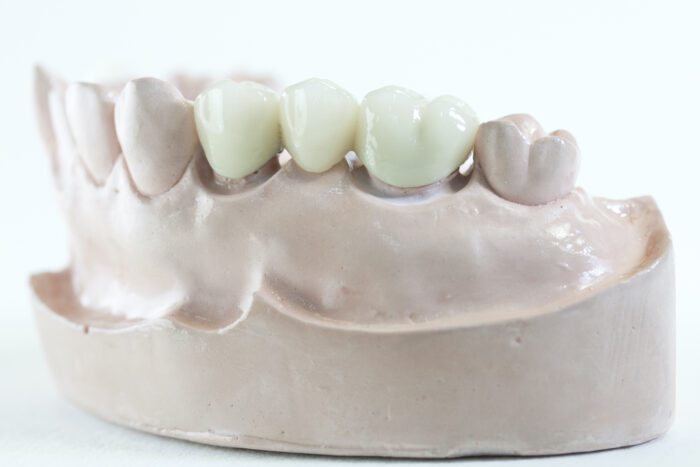When you’re missing teeth, it’s important to seek treatment as soon as possible. Tooth loss can often lead to other dental problems, especially tooth shifting and facial sagging. There are many replacement options available for missing teeth. If you’re missing multiple teeth in a row, a dental bridge in Franklin, MI, may be able to help restore your smile and improve your bite. But even then, there are different types of dental bridges you can get. After examining your teeth and oral health, your dentist can help determine which option is best for your mouth.

Finding the Right Dental Bridge in Franklin, MI
Knowing what’s best for your bite isn’t always easy. But with the help of an experienced dentist trained in restorative dentistry, you can often make the right, informed decision. Dental bridges are a great way to help treat cases of missing teeth. While both traditional and implant-supported bridges have the same effect, they aren’t always interchangeable. The more you know about how each type of bridge works, the better you can understand your dentist’s recommendations.
Traditional Dental Bridge
A traditional dental bridge is made of up pontics (fake teeth) that are supported between two dental crowns. The dental crowns are placed on your natural teeth that neighbor your missing teeth. A traditional dental bridge can help prevent shifting in your remaining teeth. It can also help strengthen and even out your bite to lower the risk of developing jaw disorders. Dental bridges are crafted by professionals to fit your bite and mimic the appearance of your natural teeth for a seamless smile.
Because the support comes mainly from the neighboring teeth, a traditional dental bridge is not often recommended for long sections of missing teeth. The more teeth you’re missing, the more pressure your natural teeth have in supporting your bridge. And with more pressure, you increase the chances of damaging your teeth.
Implant-Supported Bridge
An implant-supported bridge is also made up of pontics and dental crowns. But instead of the crowns fitting over your natural teeth, they are attached to dental implants. The implants are surgically placed into your jawbone at either end of the bridge to provide additional support and bite strength. Implants can help prevent bone loss and facial sagging often associated with tooth loss.
Because an implant-supported bridge needs at least two implants, it’s not often recommended for patients missing less than three teeth in a row. However, if you have extensive decay and disease, your dentist may recommend an extraction with immediate implant placement for a dental bridge.
At Dental House and Aesthetics, we’re committed to helping our patients restore their bites and improve their smiles. If you’re missing teeth or need an extraction, we have a variety of treatment options available. Call us today at (248) 963-7925 to schedule a consultation and learn more about restorative dentistry.
